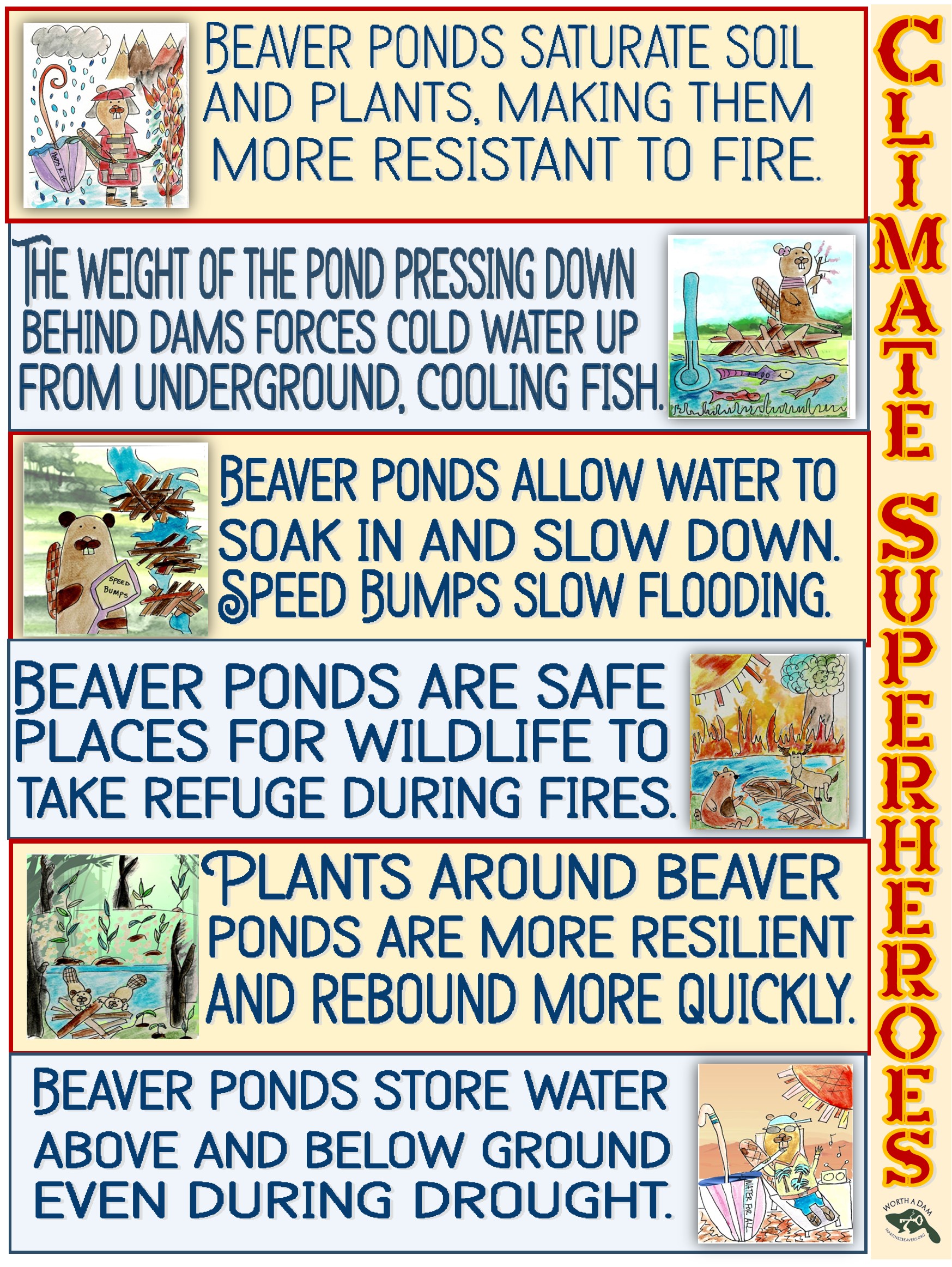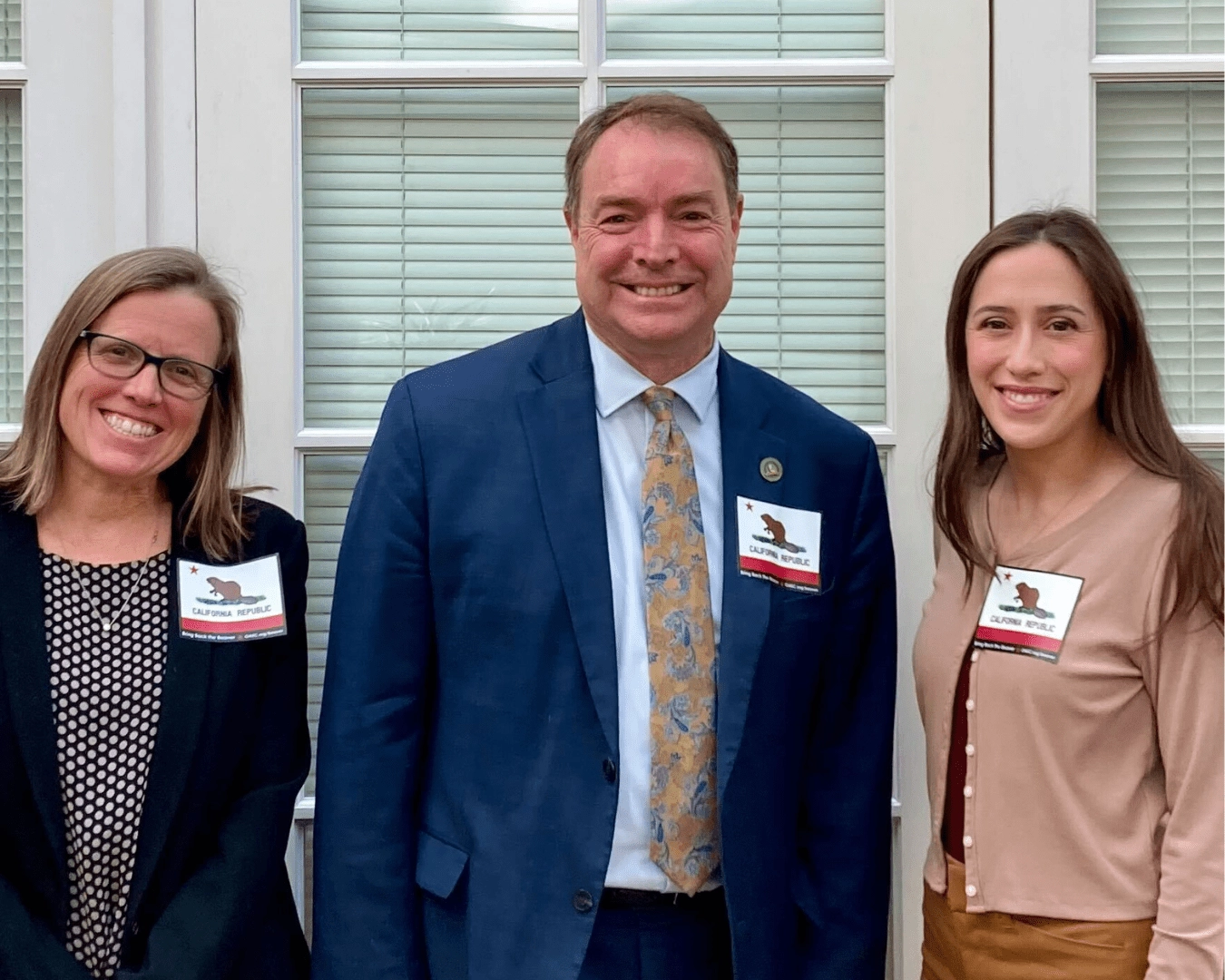I guess the LA Times isn’t willing to endorse a candidate for president, but they still have the courage to tell you what movies to see.
This one looks good.
Boiling Point: Go see ‘The Wild Robot’
This mind-bending scene — part of DreamWorks Animation’s “The Wild Robot,” currently in theaters — lasts just a few seconds. But it’s hardly the only hint of climate crisis in a unique, wonderfully inventive movie.
The filmmakers do a superb job weaving together an emotionally resonant story about motherhood and finding purpose with a gorgeous parable about the natural world — and the importance of protecting our planet.
Especially in a movie marketed to kids and families, that’s a valuable accomplishment.
Because entertainment isn’t just entertainment. The narratives we consume in movies and on TV can shape our opinions and habits, even our votes. That’s why the U.S. government turned to Hollywood studios to build public support for World War II. It’s also why the Walt Disney Co. faced hateful criticism in 2022 for featuring an out gay teenager in its film “Strange World.” Ideas shown on screens can change hearts and minds.
Which is why Jeff Hermann, who produced “The Wild Robot,” wants to start conversations about climate.
Guess who makes a cameo? Well think climate change and charismatic animal and who imedliately comes to mind?
NRDC experts provided guidance on environmental storylines, including an unexpectedly fierce storm battering the island and the construction of a beaver dam. They also suggested ideas for the geese migration sequence — including brief peeks at a human world altered by climate change, at an indeterminate point in the future.









































